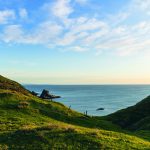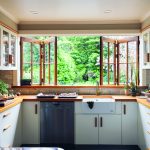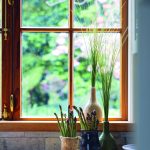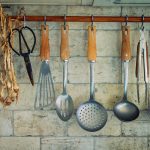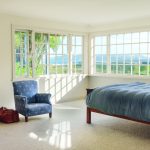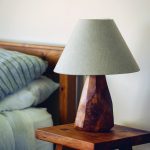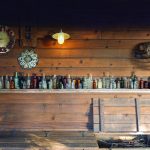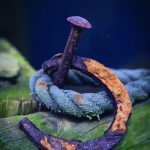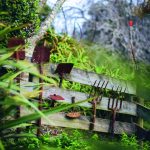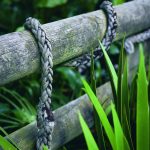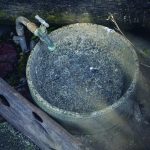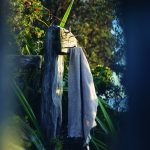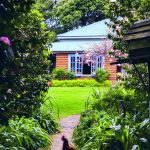New Zealand Rustic – Te Au Homestead
Visually rich and thoughtfully edited, New Zealand Rustic showcases a collection of homes designed to harmonise with the landscape, evoking a sense of place and belonging. Presented through a distinctly New Zealand perspective, the book highlights sustainable building practices, featuring locally sourced materials as well as recycled, upcycled, and repurposed resources.
Words Kate Coughlan, Photos Tessa Chrisp, Art Director Yolanta Woldendorp
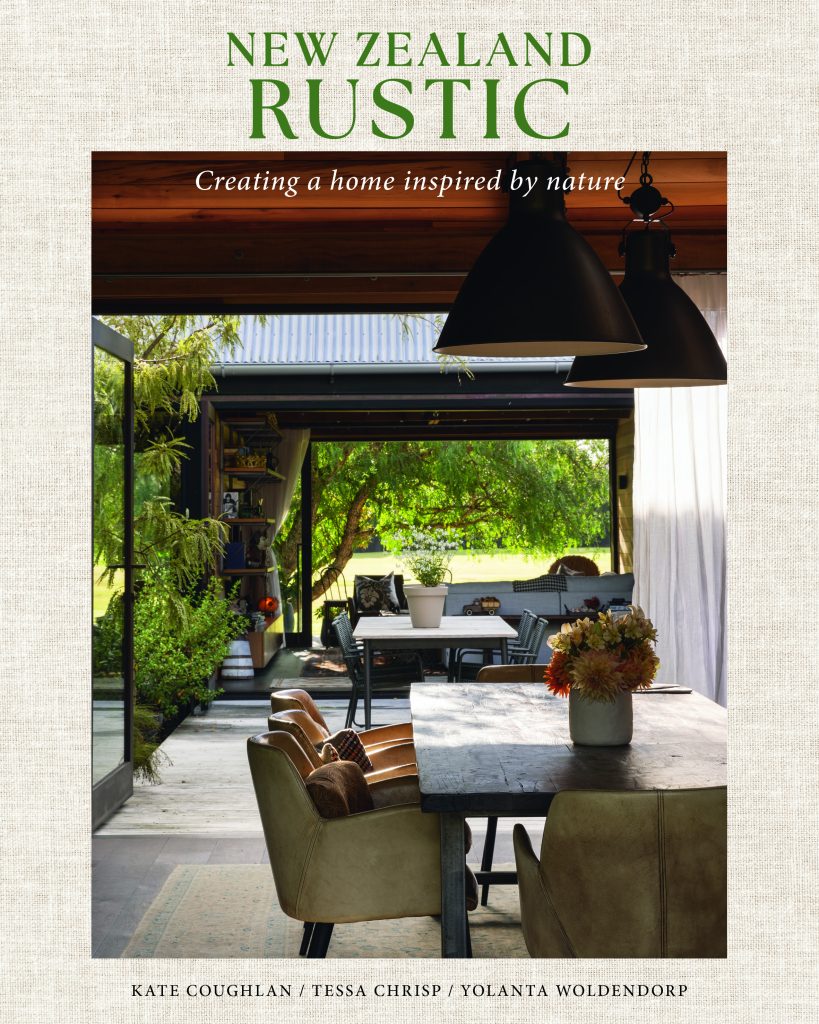
New Zealand Rustic, published by Rough & Co $59.99. In store from 16 October 2025.
Te Au Homestead
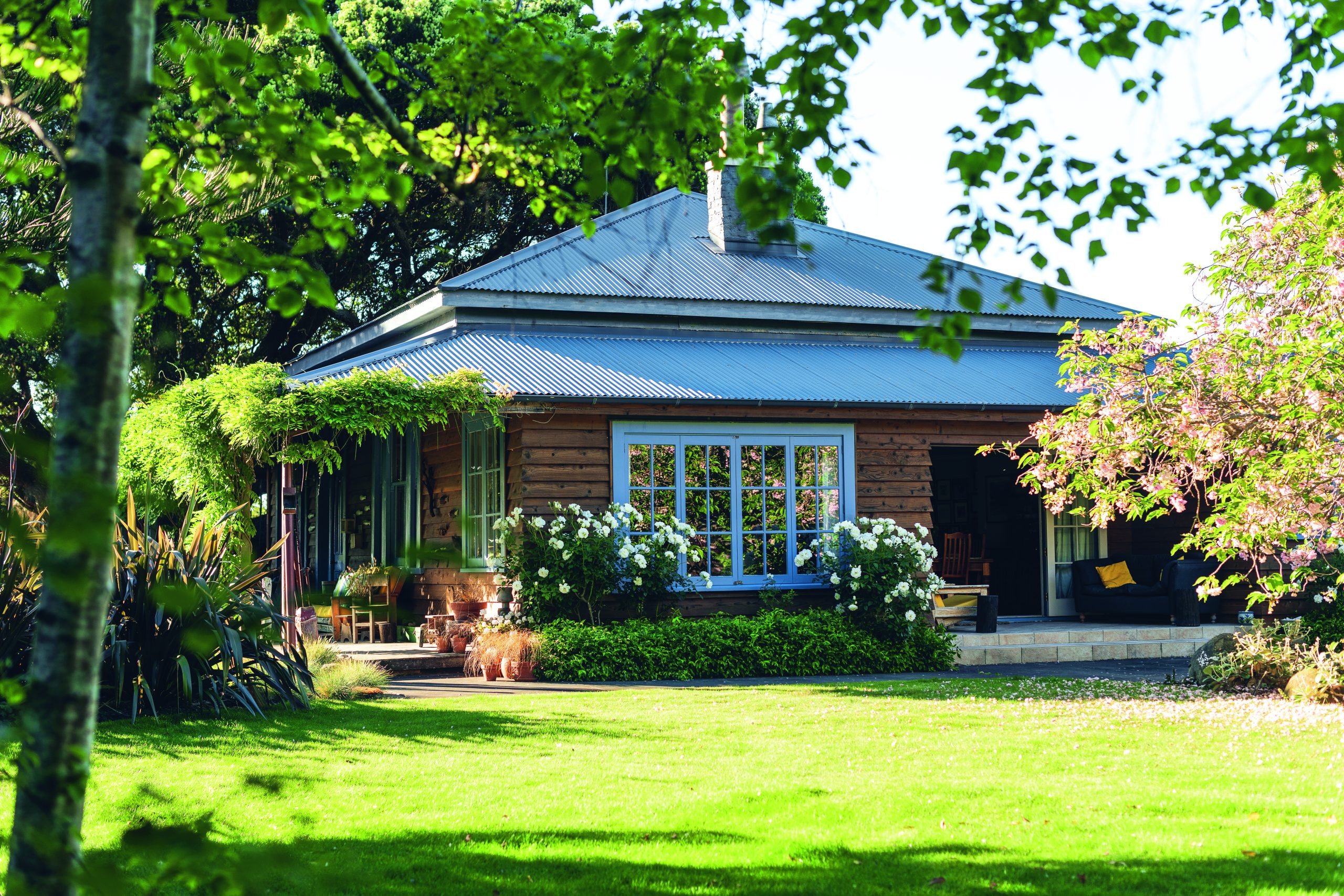
Kingfisher blue windows reflect the coastal environment and distinguish the house from the tapestry of greens in the surrounding trees. Iceberg roses and low-trimmed star jasmine are happy bedfellows with native red tussock.
HIWA
“From dusk to dawn
I’ll stand tall and firm.
My light shines down as we stand
hand in hand between
the stars and the sand.
I will lead you and guide you.
Fruitful and prosperous may
your years come to be.
Send your wishes up to be
I am…
Hiwa-i-te-Rangi”
- Local carver Lima Gudgeon (Ngati Porou) created a pou representing Hiwa-i-te-Rangi, the youngest star in the Matariki cluster. Hiwa faces east and is regarded as the guardian of the property. The poem (above) came with the pou and was framed and hung on the east wall of the house.
In 1989, a young couple arrived at their new farm on the coast near Māhia with a toddler and a newborn to find a choice of two homes. A functional weatherboard house, built in the 1950s, was liveable with a nice garden, while the other, a 1910 villa, was a wreck and had been empty for 30 years. They moved into the derelict option, knowing the site was better and that it could be, one day, a better house.
- The calm colours of the kitchen with its rustic-look wall tiles, macrocarpa benchtop, plain cupboard fronts with simple rimu handles and timber bi-fold windows frame a vista of lush green.
- Wooden-handled kitchen utensils were sourced to match the overall kitchen theme and attached to a simple pole by stainless butcher’s hooks.
Their immediate need was for more bedrooms, and within two years, a bedroom wing was added, thanks to a friend helping to build it using milled redwood weatherboards. Eventually, the entire house was reclad in horizontal redwood, replacing the original, largely rotten, kauri weatherboard. Over the years, verandahs were added, gardens developed, the kitchen moved and expanded and outdoor eating and living areas were established.
- From sunrise to sunset, there’s a special quality to the light flooding the main bedroom that persuaded the owner there was no need for curtains.
- The bedside lamp is one of three crafted from a lump of rimu washed up on a local beach.
‘Nothing ever happens all at once,’ says the owner. Improvements on the house needed to be fitted into a busy family schedule and the busy farming life of running a sheep and beef station with three kilometres of coast.
- History speaks through each object in this display above the firewood boxes. Bottles in muted colours and shapes were found over the years near an abandoned railway construction camp on the farm, the three wool-bale stencils on the wall are no longer used, and the fishing net came home with the family after they’d lived in southern Africa.
- Old farm sheds are always full of implements, some long past their use-by date. With the handles removed, they make a display on a wooden fence.
- Old ropes and bowls are drafted into service as beautiful or useful objects.
- Old ropes and bowls are drafted into service as beautiful or useful objects.
- With the addition of bent nails, a totara fence post becomes an effective towel hook.
In the decades since the villa has seen many further improvements and embellishments – some in response to need and others as personal style evolved. The embracing of a rustic decor approach came intuitively to the artistic couple and perhaps in response to the natural environment. The energy of the coast has a way of finding its way into nearby homes, which is very much true with this dramatic seascape.
- The garden attracts numerous kereru and piwakawaka, who keep company with steel kaka and piwakawaka crafted by Eketahuna artist Mark Dimock and mounted on aged totara fence posts, tucked in groups throughout the garden. On approach, the house is framed in a vista of evergreen.
‘It wasn’t a conscious thought process; we just did it how we liked it. You sometimes take what people suggest or see things you like, and ideas come from what you see around you. It takes time, and things change all the time – even now.’
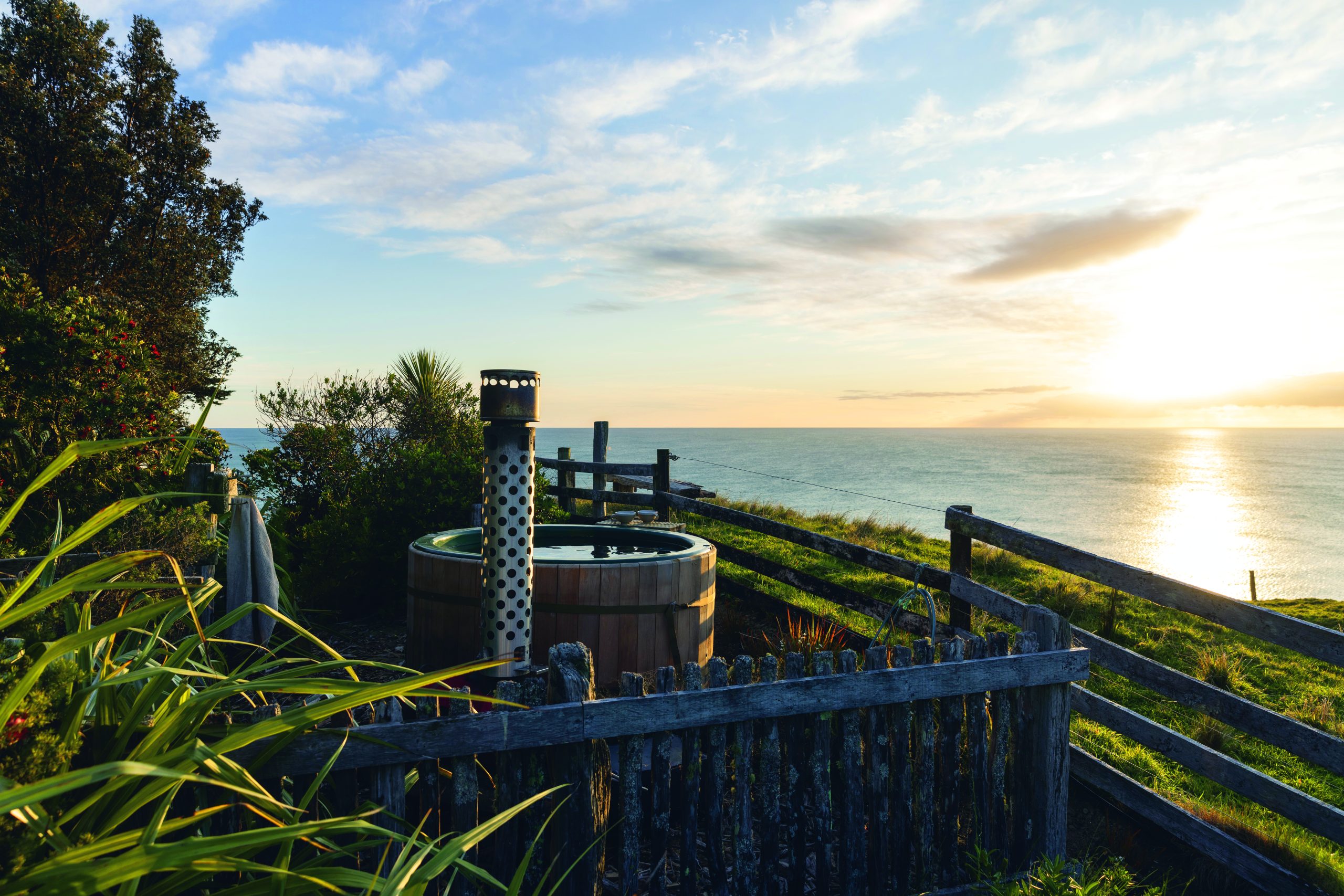
The hot tub requires no chemicals, electricity, pumps or plumbing and uses either fresh or seawater. Old tōtara fence battens and posts are a decorative screen.
